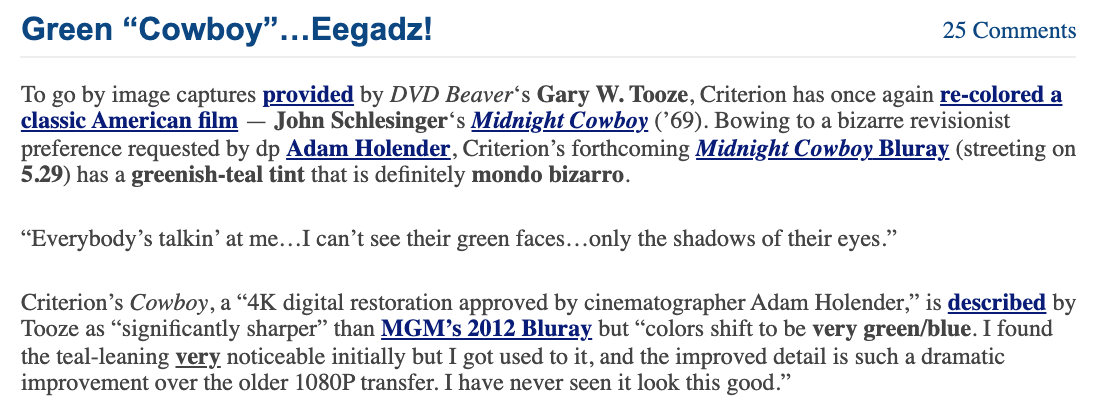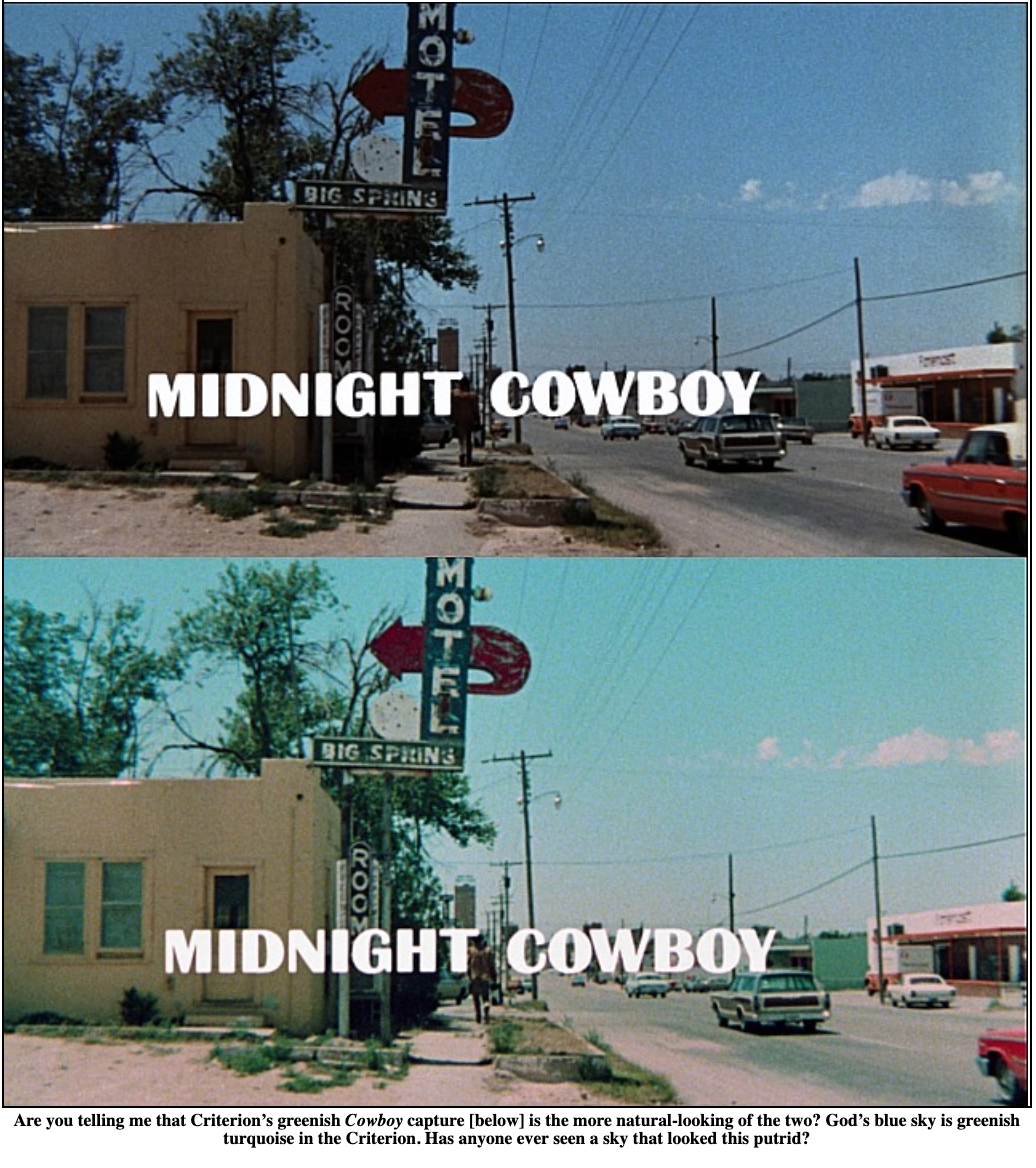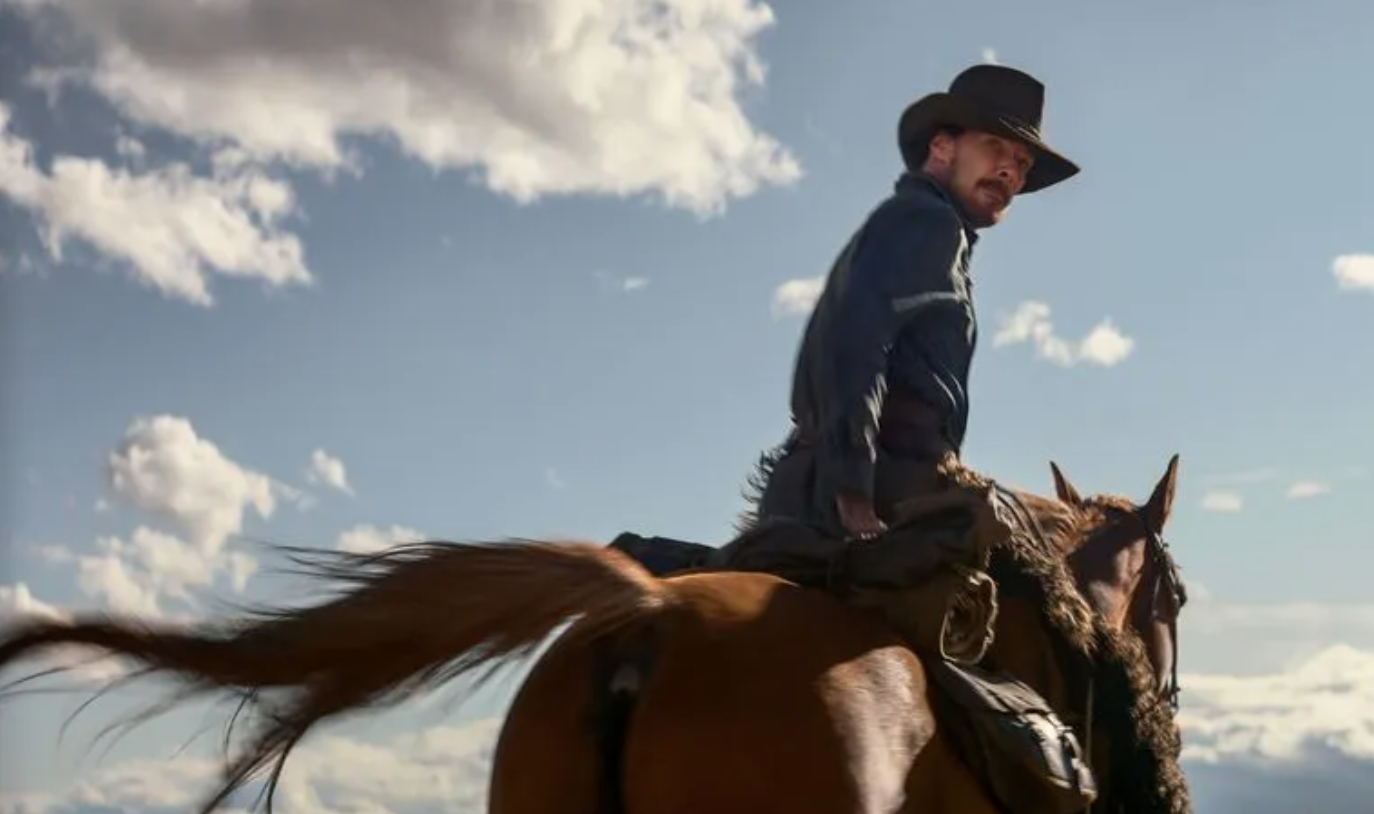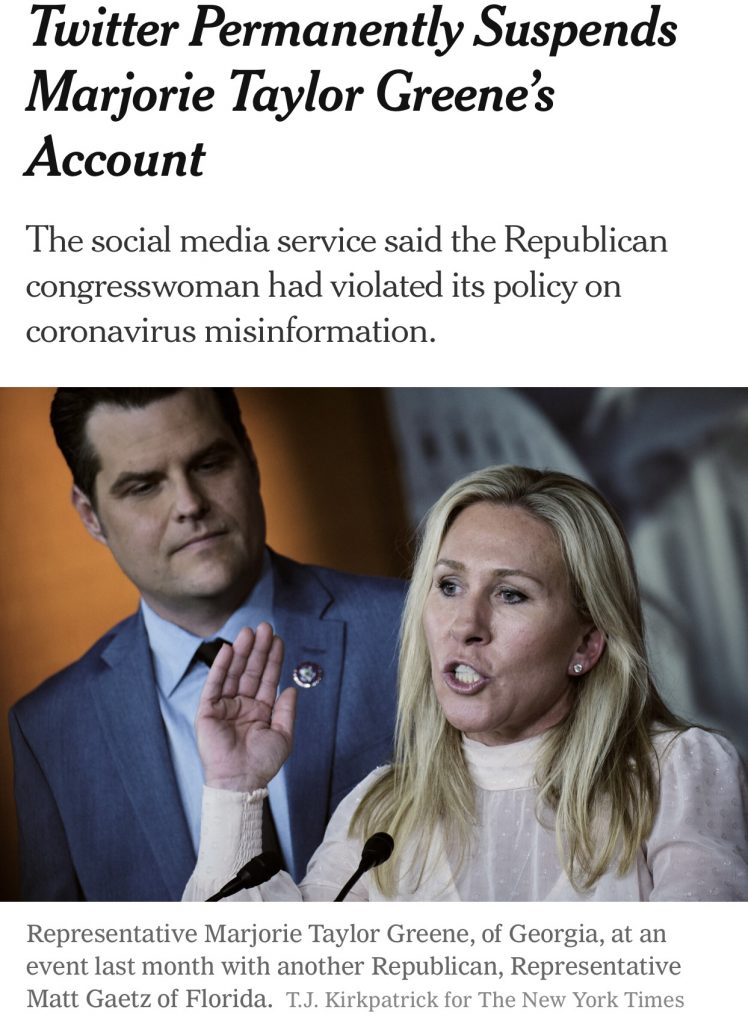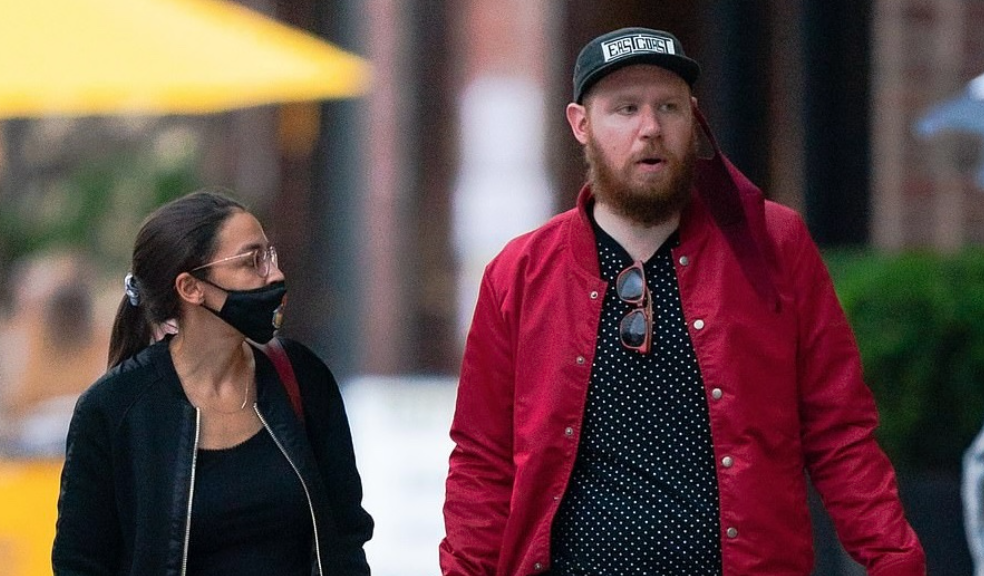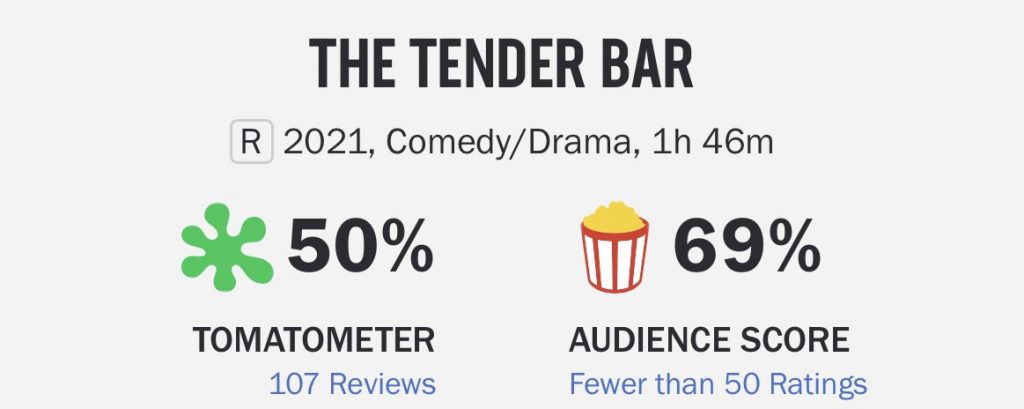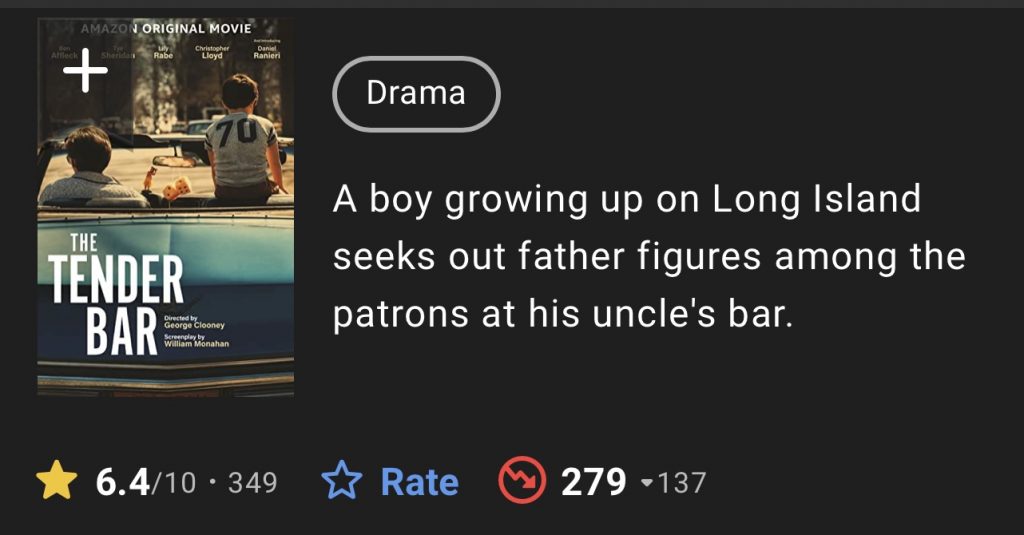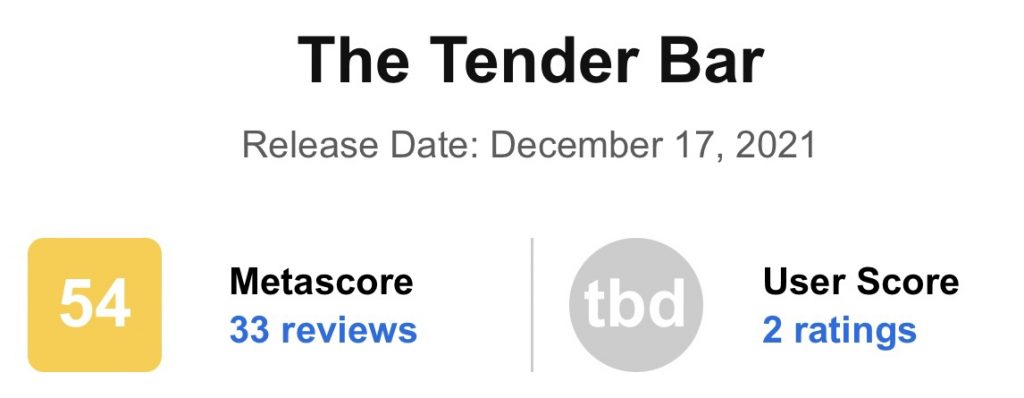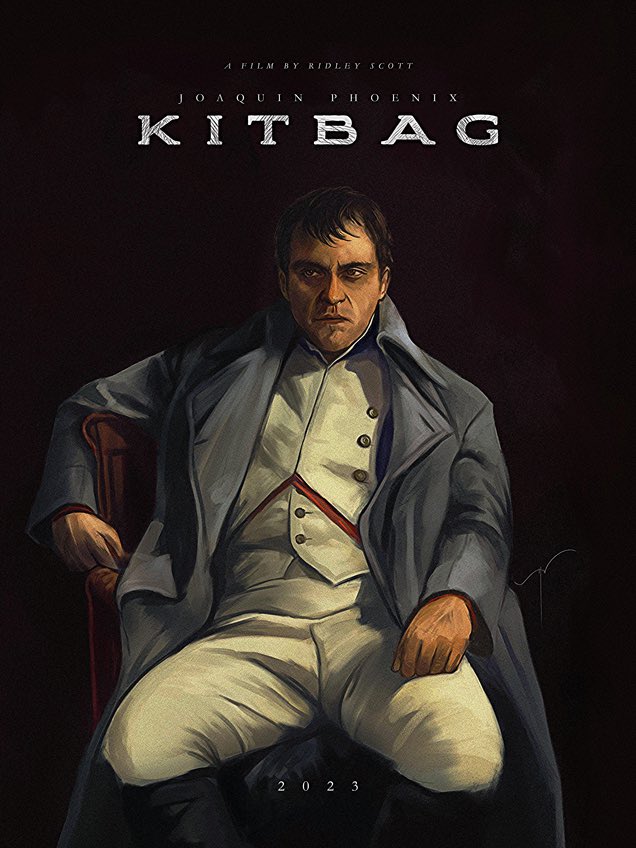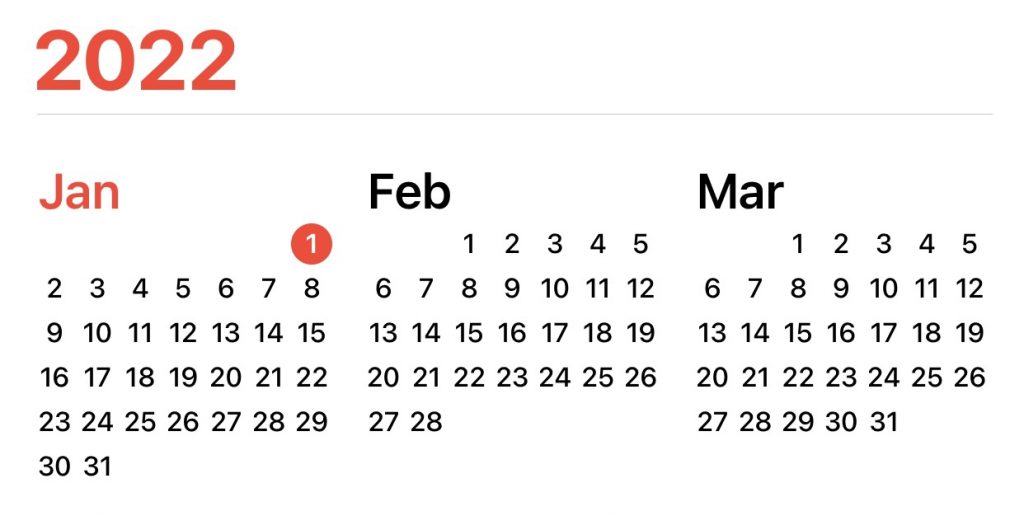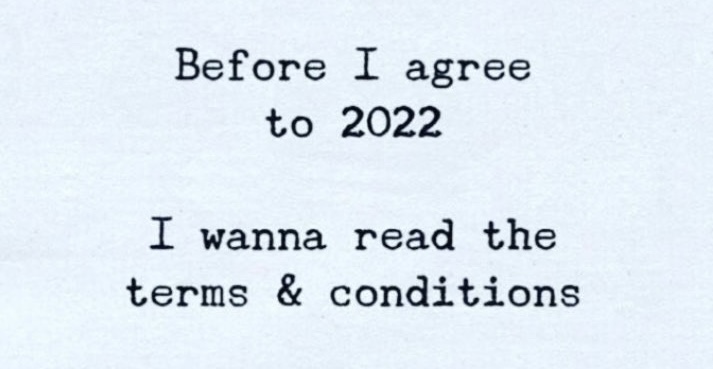Late November 2021 Statement from Criterion regarding Citizen Kane 4K Bluray:
“Criterion had discovered there is a problem with the 1080p Bluray disc in all of our Citizen Kane editions. It affects the contrast in the feature film, starting around the 30-minute mark and lasting until the end of the film. The 4K UHD disc is not affected.
“We are in the process of manufacturing corrected copies and will be making replacements available to all of our customers. We hope to have replacement discs ready to ship before the end of the year.
“If you would like to exchange your disc, please send the Blu-ray disc 1 only (no packaging) to The Criterion Collection. Attn: Jon Mulvaney / KANE, 215 Park Ave South, 5th Floor, New York, NY 10003.
“Our apologies for this inconvenience, and thanks as always for your support. Best wishes for a happy, safe, and wonderful holiday.”
Imaginary January 2022 Statement from Criterion regarding four teal-tinted Criterion Blurays — Midnight Cowboy, Bull Durham, Sisters and Teorema:
“For the last four years, Criterion has refused to acknowledge that four Criterion Blurays of four classic films — Midnight Cowboy, Bull Durham, Sisters and Teorema — have been teal-tinted, and in so doing the original color schemes of these films were essentially vandalized.
“Three of these vandalizations happened in 2018 — Midnight Cowboy, Bull Durham and Sisters. The fourth teal treatment happened in early January, 2020, to Pier Paolo Pasolini‘s Teorema.
“Criterion knew about these teal-tintings all along, but never admitted their existence. We have finally decided to admit our errors in this regard.
“We are in the process of manufacturing corrected copies of Midnight Cowboy, Bull Durham, Sisters and Teorema and will be making replacements available to all of our customers. We hope to have replacement discs ready to ship before the end of the year.
“If you would like to exchange your teal discs for naturally colored ones, please send them (no packaging) to The Criterion Collection. Attn: Jon Mulvaney / COWBOY, BURHAM, SISTERS, TEOREMA / 215 Park Ave South, 5th Floor, New York, NY 10003.”
